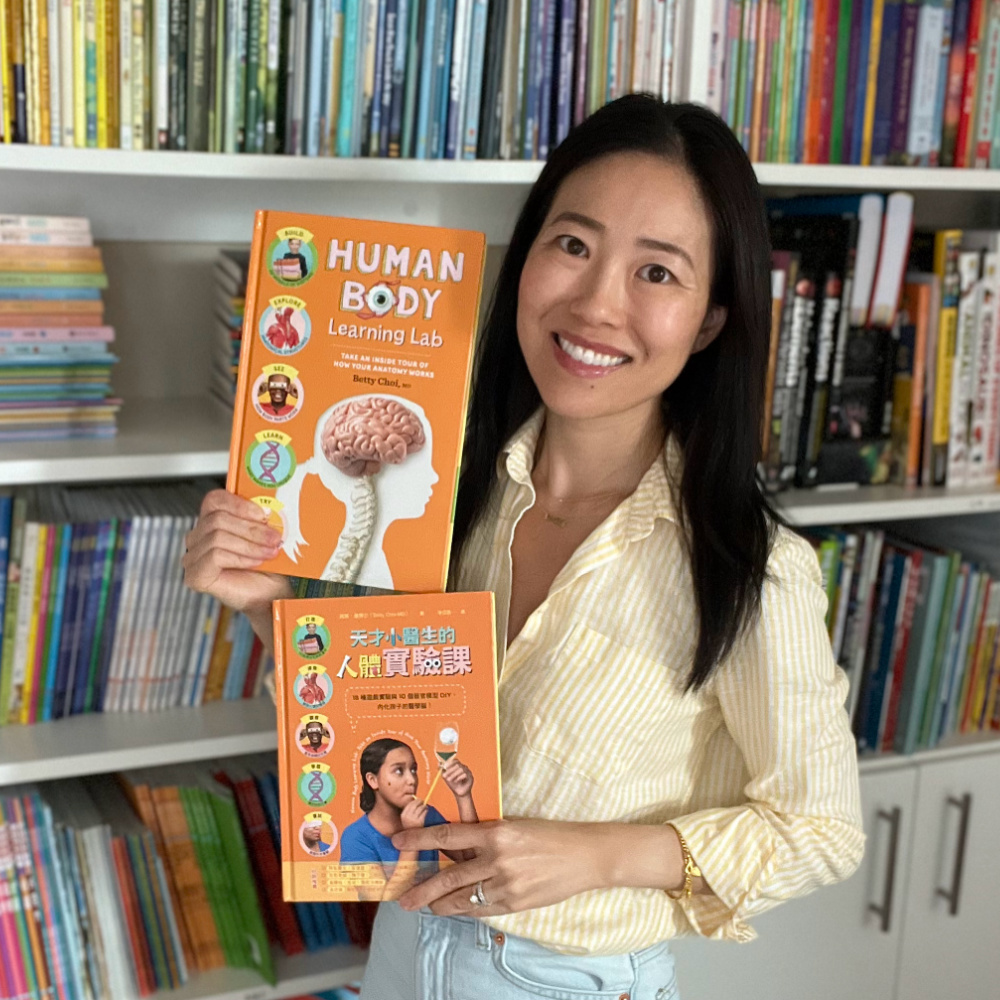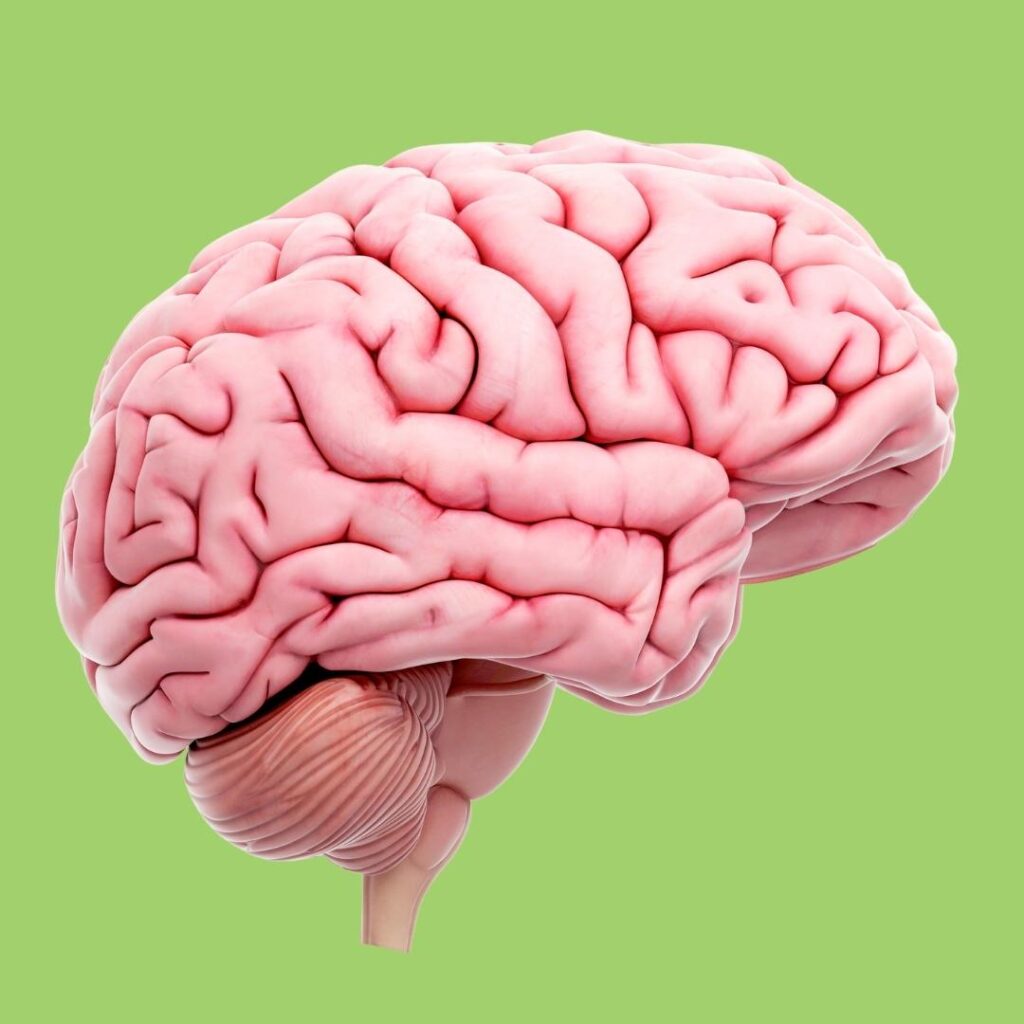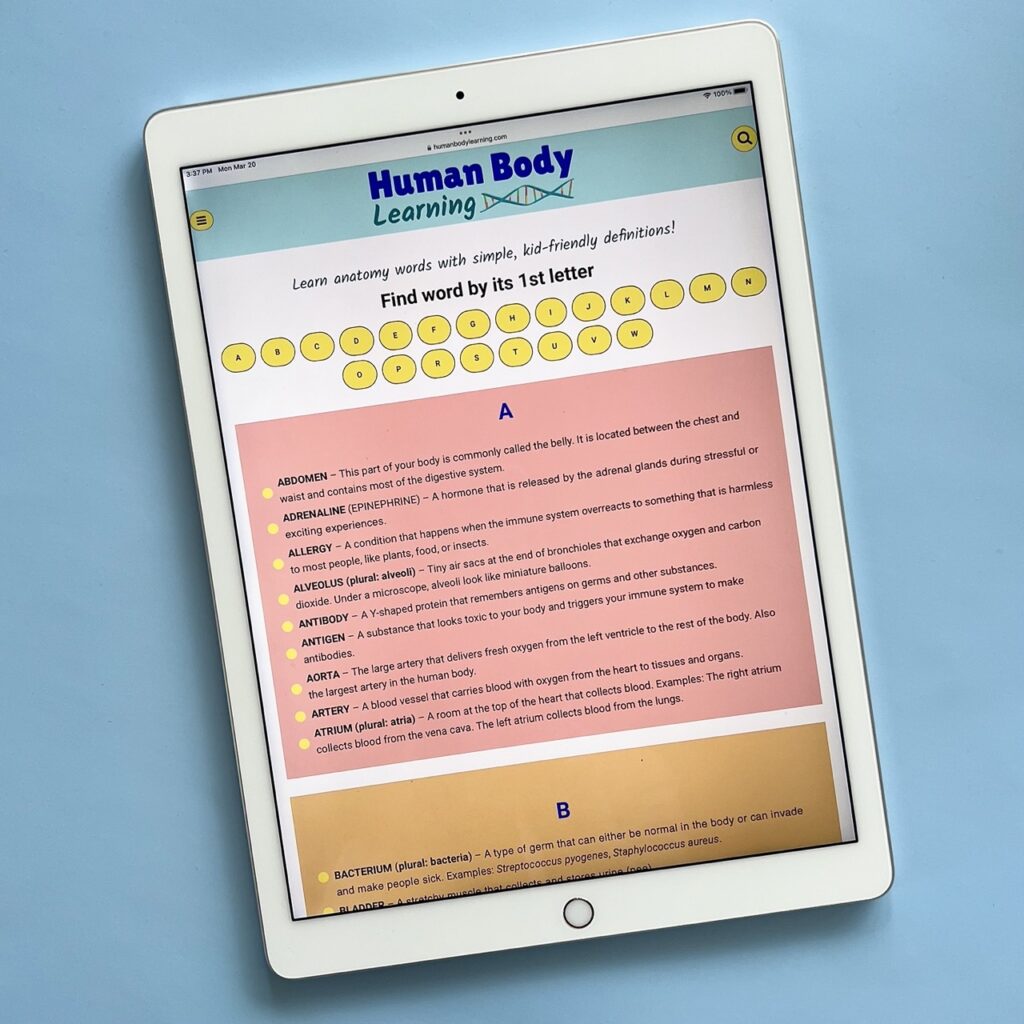10 Fun Facts About Your Heart, the Amazing Cardiac Muscle

Did you know that your heart is one of the busiest organs in your body? It works nonstop around the clock to pump blood from head to toe. This is true for babies, kids, and grown-ups. Keep reading to learn fun facts about your amazing human heart!
Interesting heart facts for kids
Which fun heart facts have you heard about? Which anatomy facts are new to you?
Fun fact #1: It’s not shaped like a heart.
Despite its name, your heart is shaped more like an upside-down pear.
Fun fact #2: Your heart is made of muscle.
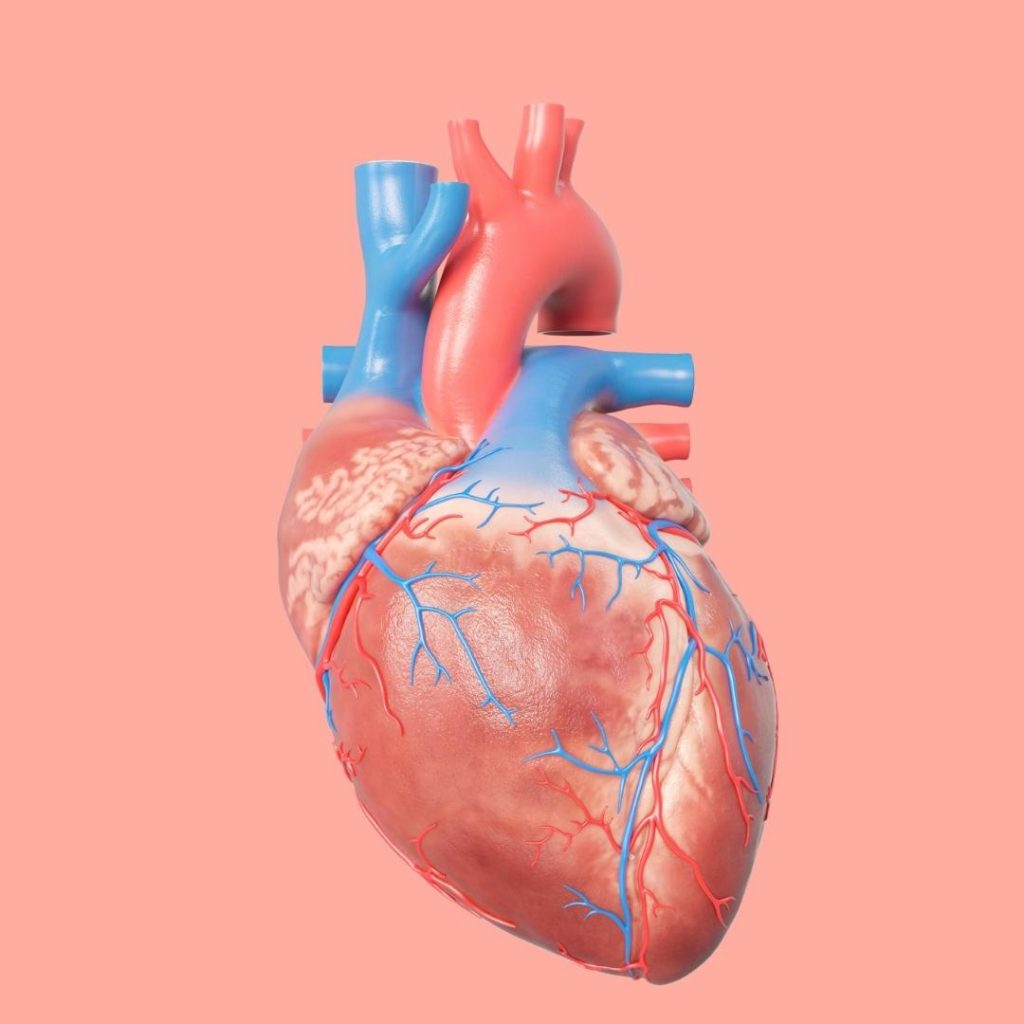
And it’s the only cardiac muscle in the body!
The special heart muscle is designed to squeeze (contract) and pump oxygen-rich blood to all your blood vessels.
When the heart muscle relaxes, it gets filled up with old blood from your body.
Just like your other muscles, exercise makes your heart strong and healthy.
How does your heart get a good workout? From fun activities that speed up your heart and get you to sweat.
Every day of the week, try to stay active with games like tag, soccer, or basketball. Or try running or taking dance lessons.
Fun fact #3: It’s like a house with rooms.
Just like a house, your heart is organized into different sections. Here are the main parts of your heart anatomy house.
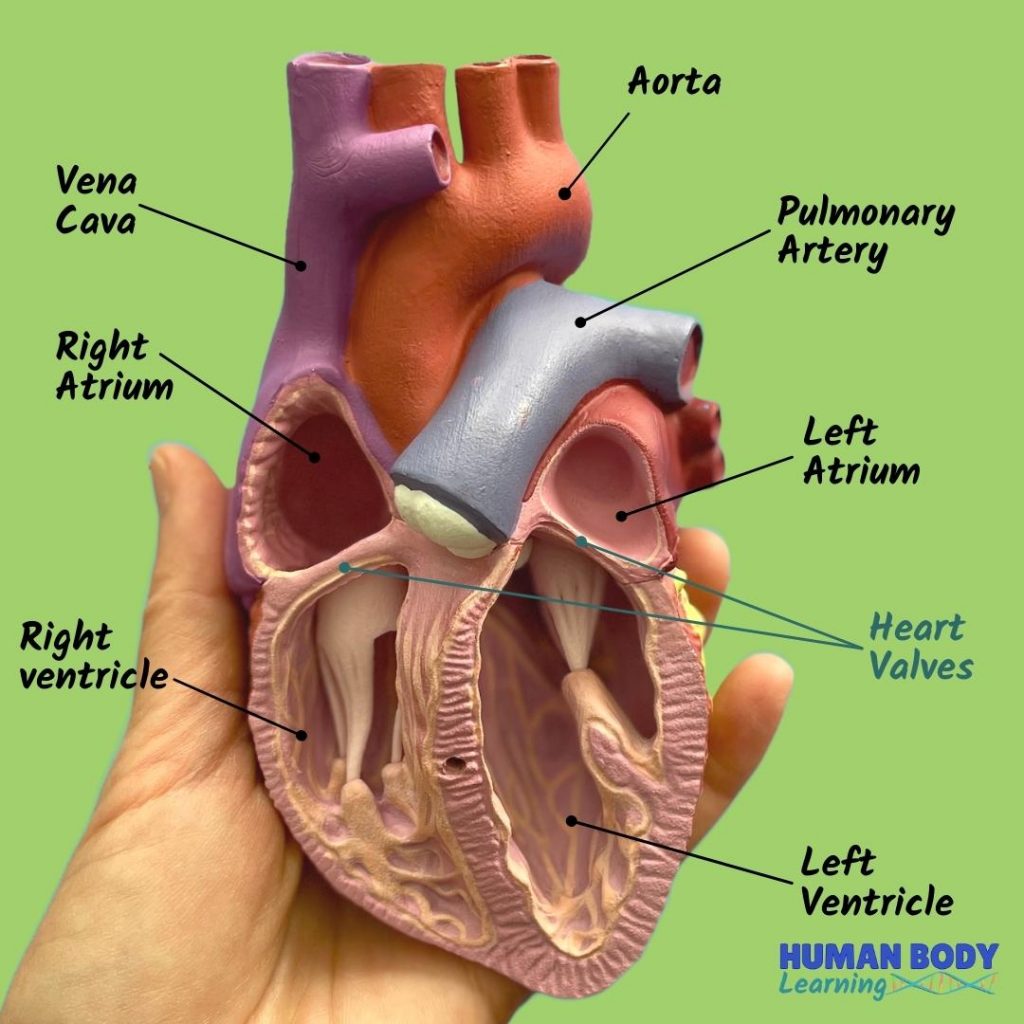
- Rooms:
- Two atria “upstairs” (right atrium, left atrium)
- Two ventricles “downstairs” (right ventricle, left ventricle)
- Walls that separate the right and left sides of the heart
- Valves that act like doors between the top atria and bottom ventricles
- Blood vessels, the plumbing system for blood flow
- Nerves, the heart’s electricity that powers each heartbeat
Fun Fact #4: You can hear the doors (valves) shut.
Lub-dub, lub-dub.
If you listen to a heart with a stethoscope or lean your ear against someone’s chest, the “boom-boom” sound is caused by the heart valves closing.
Fun fact #5: Your heart works with other organs.
Teamwork is always happening in your body! Your nervous system and endocrine system both affect the pace of your heart.
Nervous system

The bottom part of your brain – the brainstem – controls your heart rate.
Through your spinal cord and nerves, it sends electrical signals to tell your heart to slow down during rest and speed up during exercise, stress, danger, and excitement.
Endocrine system
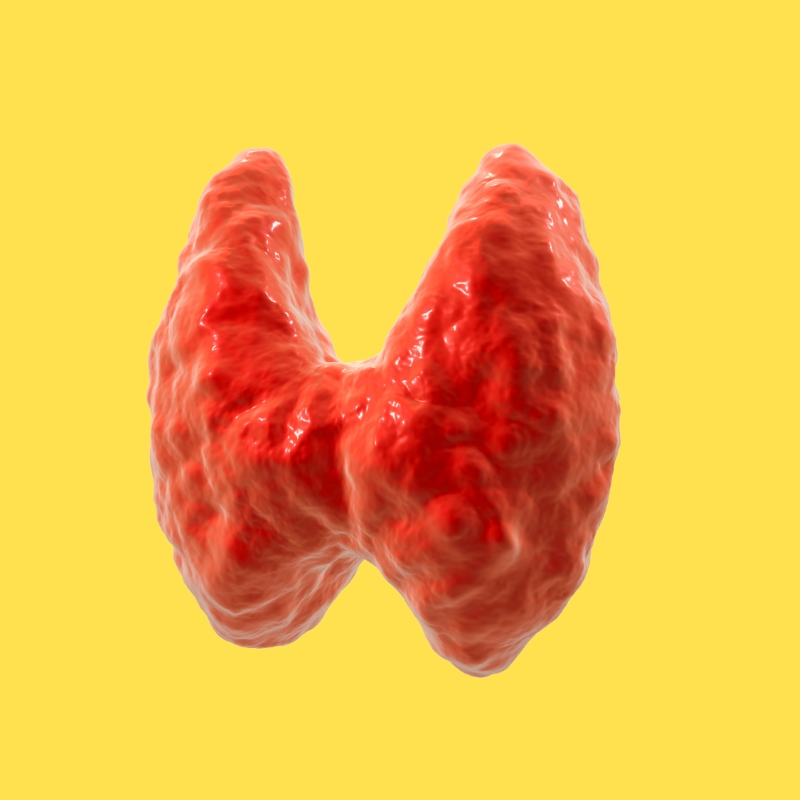
Your endocrine glands also make hormones that affect your heart rate.
The thyroid gland sends out thyroid hormone, which causes the heart to beat harder and faster.
The adrenal gland sends out adrenaline (epinephrine), which revs up your heart rate.
Fun fact #6: It’s the same size as your fist.
Like your hands and the rest of your body, the size of your heart changes as you grow.
Close your hand into a fist; this is about the same size as your heart right now!
Fun fact #7: Baby hearts are the fastest.
Picture a walnut. That nut is about the same size as a baby’s heart.
Even though newborn babies have tiny hearts, their cardiac muscle is mighty and fast. Newborns have the fastest heart rate compared to kids and adults of all other ages.
When you grow up, your heart gradually slows down.
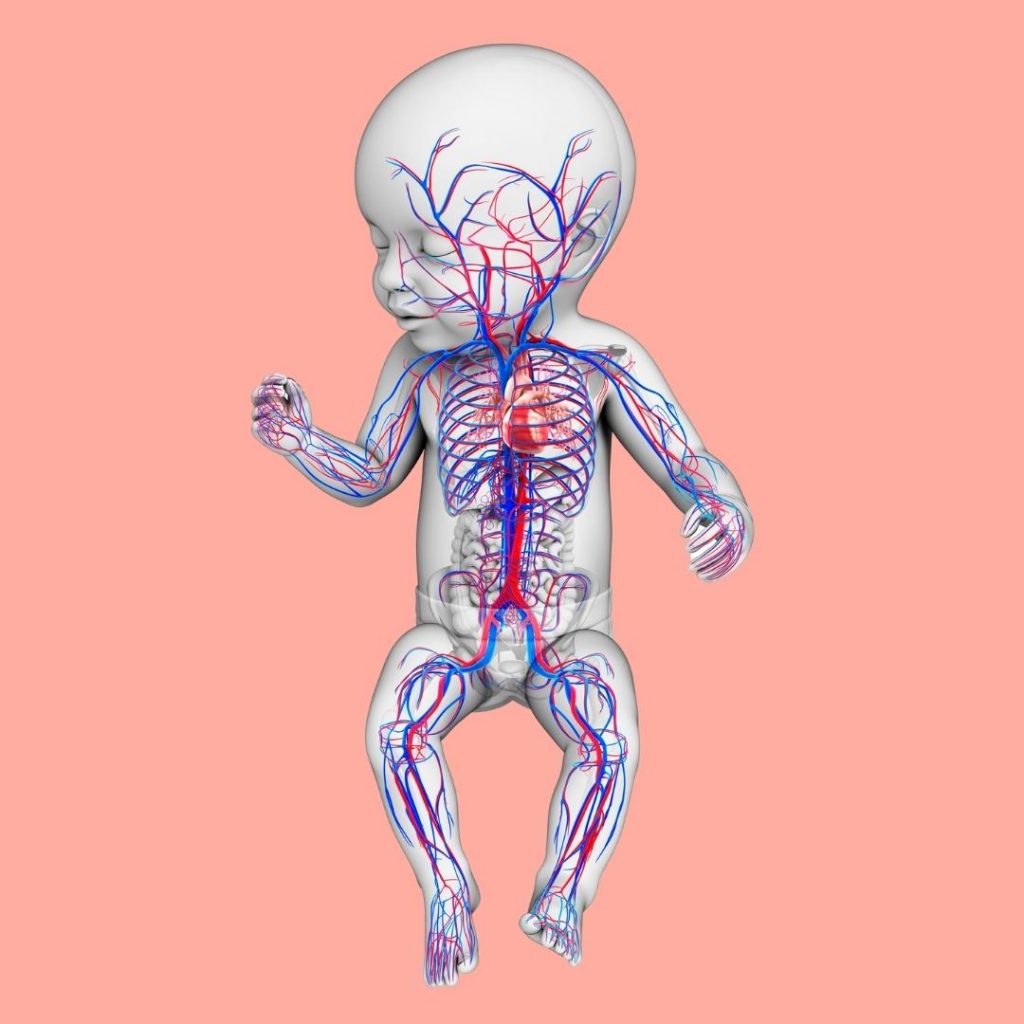
Fun fact #8: It beats 100,000 times a day.
This adds up to about 35 million times each year!
Fun fact #9: You can feel your heartbeat.
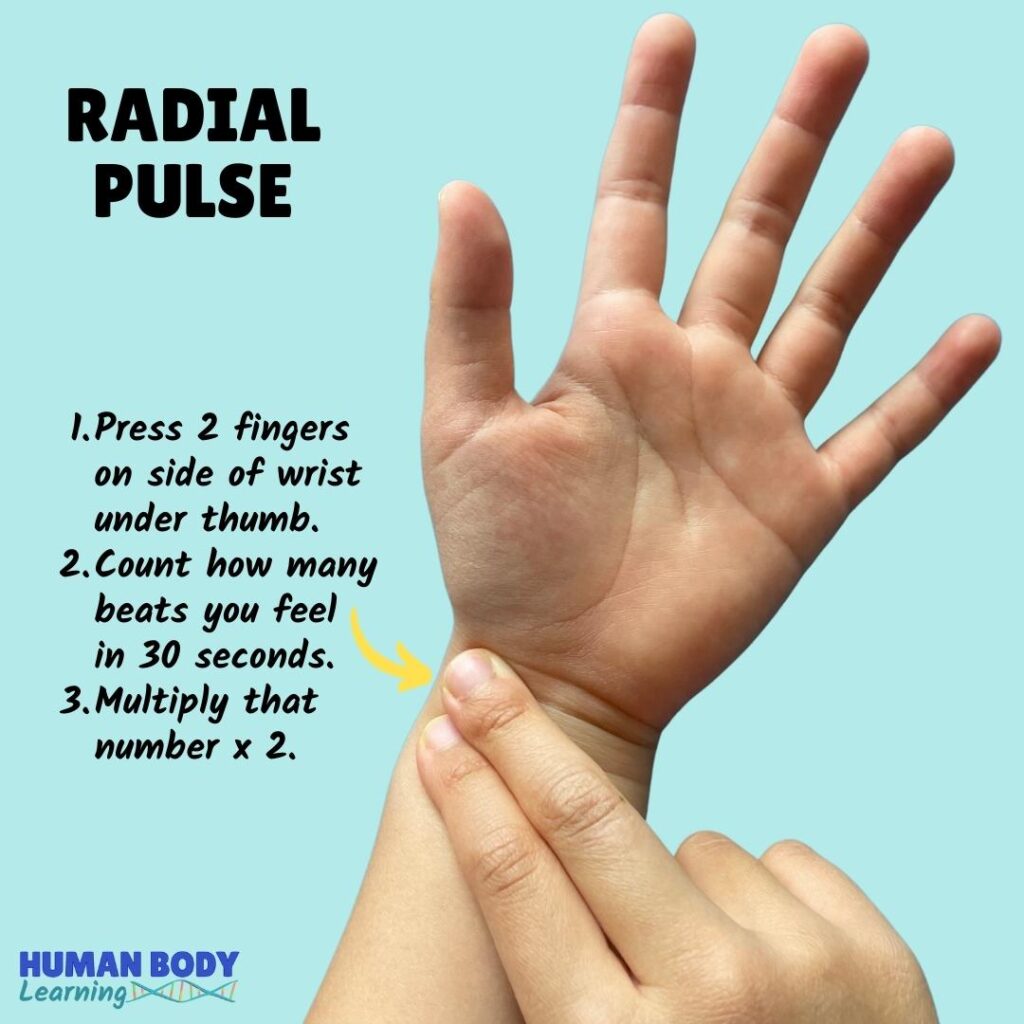
Press the tips of your index and middle finger on the side of your wrist, as shown in the picture. Do you feel the “thump-thump?” That’s your pulse!
Your pulse is the type of heart rate you can feel. When you check your pulse, you feel the flow of blood pushed from your heart into your blood vessels.
You can explore this fun fact about your heart anywhere! Try checking your pulse after a night of restful sleep. Then, see how much faster it gets after you run and jump around.
Fun fact #10: You can see a beating heart!
A computer created this awesome, realistic heart anatomy model. In the video below, check out the busy heart muscle in action.
Learn more about your interesting body
Published on December 21, 2023. Updated on January 18, 2024 by Betty Choi, MD
Published on December 21, 2023. Updated on January 18, 2024 by Betty Choi, MD

Betty Choi, MD
Dr. Betty Choi is a Harvard-trained pediatrician who makes learning fun and doable. She created the kids’ anatomy book Human Body Learning Lab, which Science Magazine recommended as a “notable standout in the genre.”


